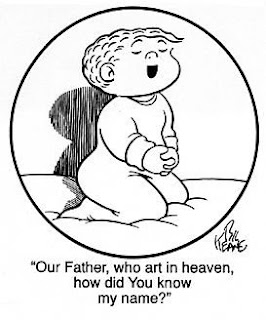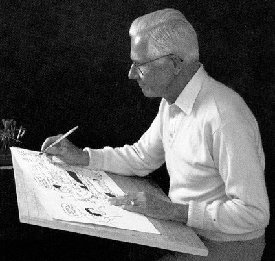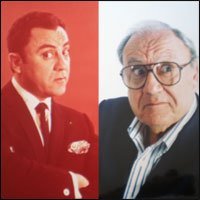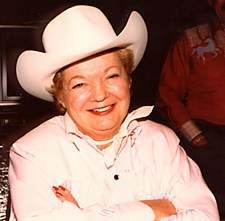A balloon is a flexible bag that can be inflated with a gas, such as helium, hydrogen, nitrous oxide, oxygen, and air. For special tasks, balloons can be filled with smoke, liquid water, granular media (e.g. sand, flour or rice), or light sources. Modern day balloons are made from materials such as rubber, latex, polychloroprene, or a nylon fabric, and can come in many different colors. Some early balloons were made of dried animal bladders, such as the pig bladder. Some balloons are used for decorative purposes or entertaining purposes, while others are used for practical purposes such as meteorology, medical treatment, military defense, or transportation. A balloon's properties, including its low density and low cost, have led to a wide range of applications.
The rubber balloon was invented by Michael Faraday in 1824, during experiments with various gases. He invented them for use in the lab.
Decoration
Balloons are used for decorating birthday parties, weddings, corporate functions, school events, and for other festive gatherings. The artists who use the round balloons to build are called "stackers" and the artists who use pencil balloons to build are called "twisters." Most commonly associated with helium balloon decor, more recently balloon decorators have been moving towards the creation of air-filled balloon decorations due to the non-renewable natural resource of helium limited in supply. The most common types of balloon decor include arches, columns, centerpieces, balloon drops, sculptures, and balloon bouquets. With the increased aptitude for balloon twisting as well as balloon stacking, the rise of the deco-twister manifests itself as the combination of stacking techniques as well as twisting techniques to create unique and interesting balloon decor options.
Party Balloons
Party balloons are mostly made of a natural latex tapped from rubber trees, and can be filled with air, helium, water, or any other suitable liquid or gas. The rubber's elasticity makes the volume adjustable.
Often the term "party balloon" will refer to a twisting balloon or pencil balloon. These balloons are manipulated to create shapes and figures for parties and events, typically along with entertainment.
Filling the balloon with air can be done with the mouth, a manual or electric inflater (such as a hand pump), or with a source of compressed gas.
When rubber or plastic balloons are filled with helium so that they float, they typically retain their buoyancy for only a day or so, sometimes longer. The enclosed helium atoms escape through small pores in the latex which are larger than the helium atoms. However, some types of balloons are labelled "helium-grade". These balloons are often thicker and have less porosity. Balloons filled with air usually hold their size and shape much longer, sometimes for up to a week.
However, a rubber balloon eventually loses gas to the outside. The process by which a substance or solute migrates from a region of high concentration, through a barrier or membrane, to a region of lower concentration is called diffusion. The inside of balloons can be treated with a special gel (for instance, the polymer solution sold under the "Hi Float" brand) which coats the inside of the balloon to reduce the helium leakage, thus increasing float time to a week or longer.
Beginning in the late 1970s, some more expensive (and longer-lasting) foil balloons made of thin, unstretchable, less permeable metallised films such as Mylar (BoPET) started being produced. These balloons have attractive shiny reflective surfaces and are often printed with color pictures and patterns for gifts and parties. The most important attributes of metallised nylon for balloons are its light weight, increasing buoyancy, and its ability to keep the helium gas from escaping for several weeks. Foil balloons have been criticized for interfering with power lines.
Flying machines
Balloons filled with hot air or a buoyant gas have been used as flying machines since the 18th century. The earliest flights were made with hot air balloons using air heated with a flame, or hydrogen as the lifting gas. Later, coal gas and later still helium were used. An unpowered balloon travels with the wind. A balloon which has an engine to propel it is called a dirigible balloon or airship.
History
Humans have intentionally filled bladders, especially actual animal bladders, with air since prehistory. In Ancient Greece, these had a number of recorded uses. The Aztecs inflated cat intestines to make shapes to present as sacrifices to the gods. By the 18th century, people were inflating balloons of cloth or canvas with hot air and sending it aloft, the Montgolfier brothers going so far as to experiment with first animals in 1782, and then, when altitude did not kill them, human beings in 1783.
The first hydrogen-filled gas balloon was flown in the 1790s. A century later the first hydrogen-filled weather balloons were launched in France.
The first modern rubber balloons on record were made by Michael Faraday in 1824. He used these to contain gasses he was experimenting with, especially hydrogen. By 1825 similar balloons were being sold by Thomas Hancock, but like Faraday's they came disassembled, as two circles of soft rubber. The user was expected to lay the circles one on top of the other and rub their edges until the soft, gummy rubber stuck, leaving the powdered inner part loose for inflation. Modern, preassembled balloons were being sold in the US by the early 20th century.
Types of balloon
- Balloon (aeronautics)
- Tethered balloon or moored balloon or captive balloon, a balloon that is restrained by one or more tethers attached to the ground and so cannot float freely
- Tethered helium balloon
- Toy balloon
- 1 (10-ounce) package frozen chopped spinach, thawed and well drained
- 1 cup mayonnaise
- 1 (8-ounce) container sour cream
- 3 scallions, thinly sliced
- 1 (.4-ounce) envelope Ranch-style dressing mix
- 1 (3-ounce) package bacon bits
- 9 (10-inch) flour tortillas
- In a large bowl, combine all ingredients except tortillas; stir well.
- Spread mixture on tortillas, distributing evenly. Roll up jelly roll fashion; wrap each in plastic wrap.
- Chill 4 to 6 hours. Cut into 1/2-inch-thick slices and serve.
1922 – Bil Keane, American cartoonist (d. 2011)
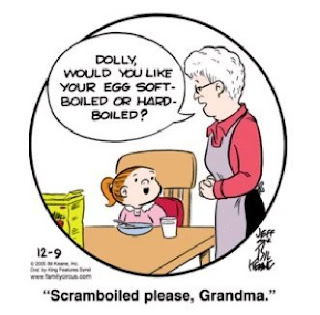
1938 – Teresa Heinz Kerry, American philanthropist
Apple Brown Betty was one of the favorite desserts of Ronald and Nancy Reagan in the White House.








